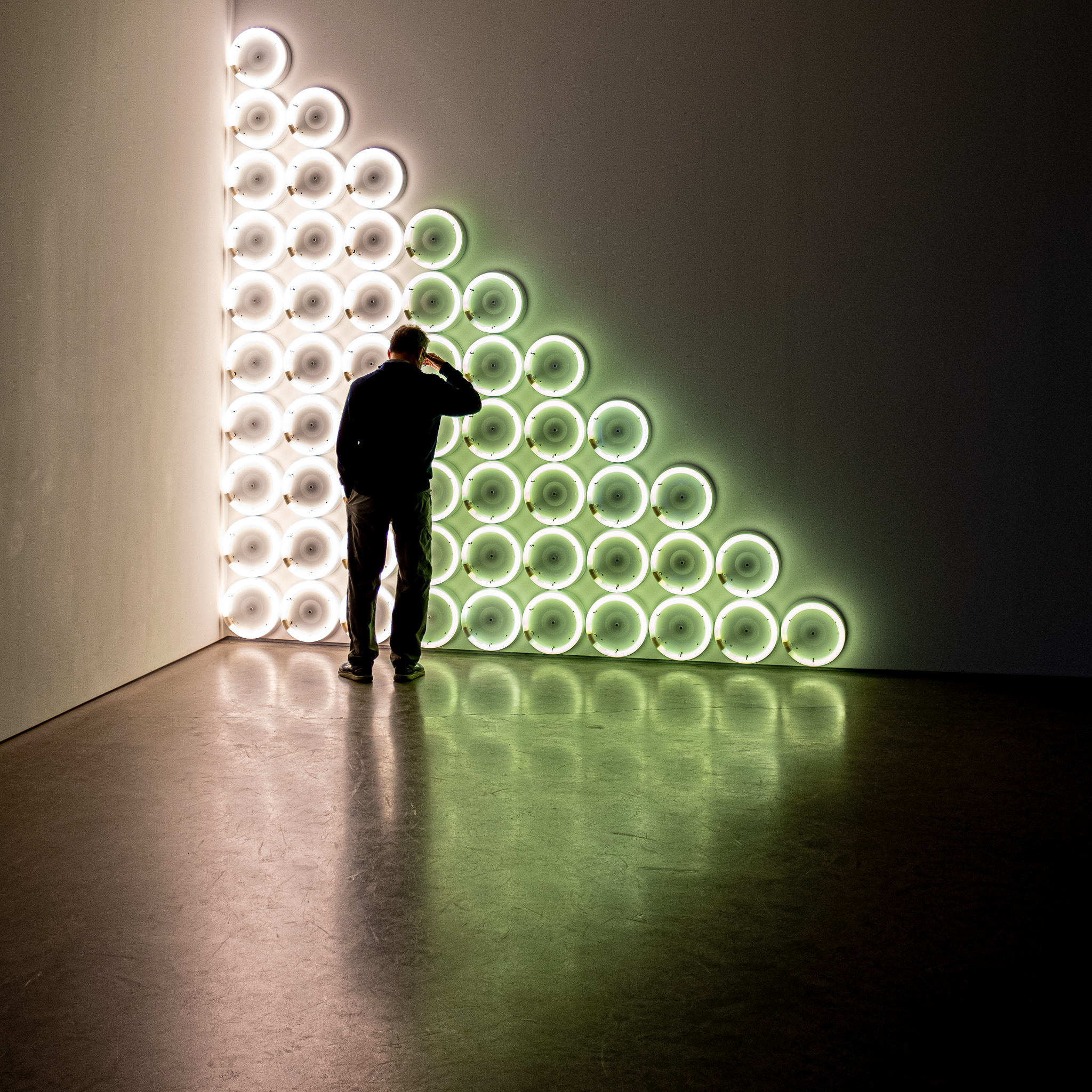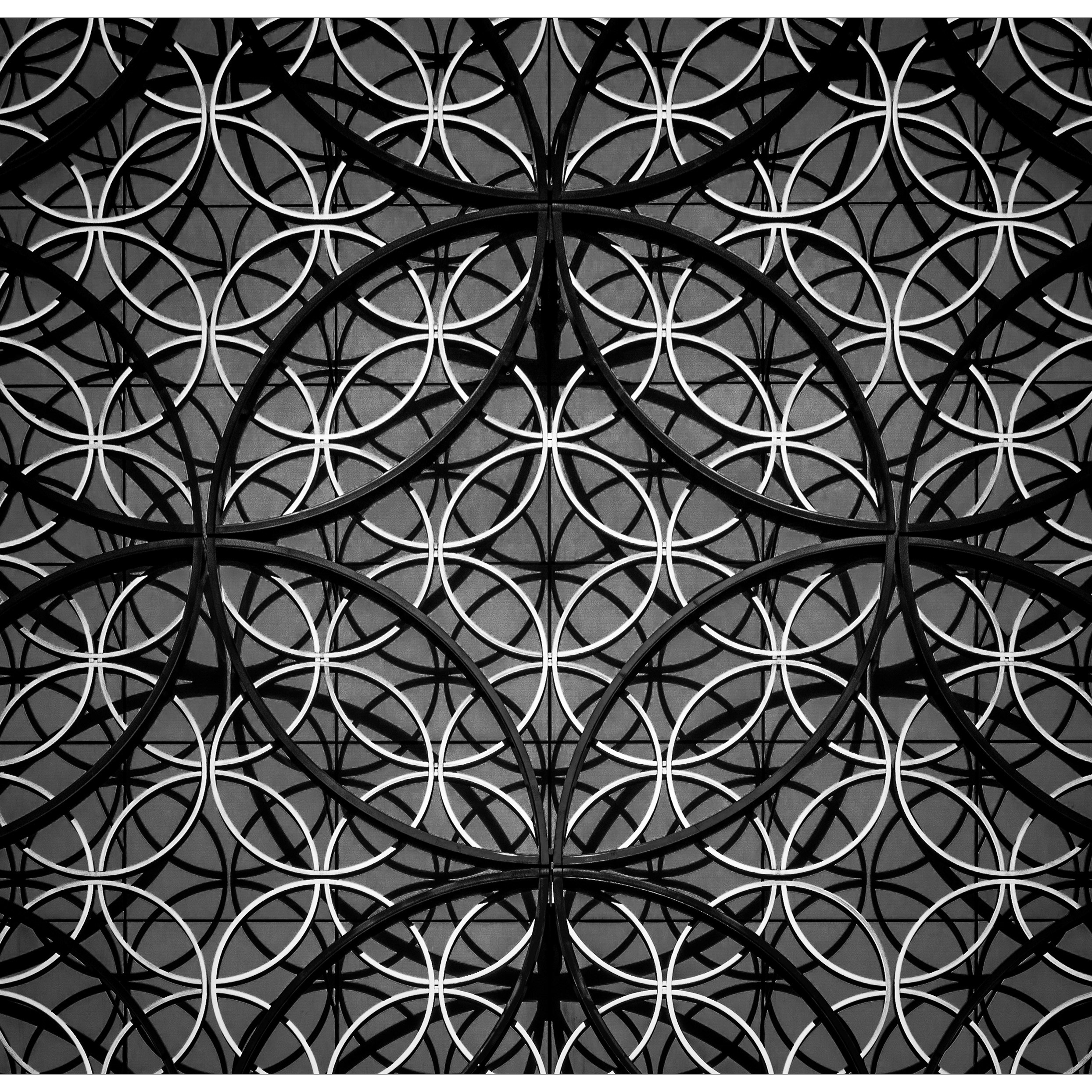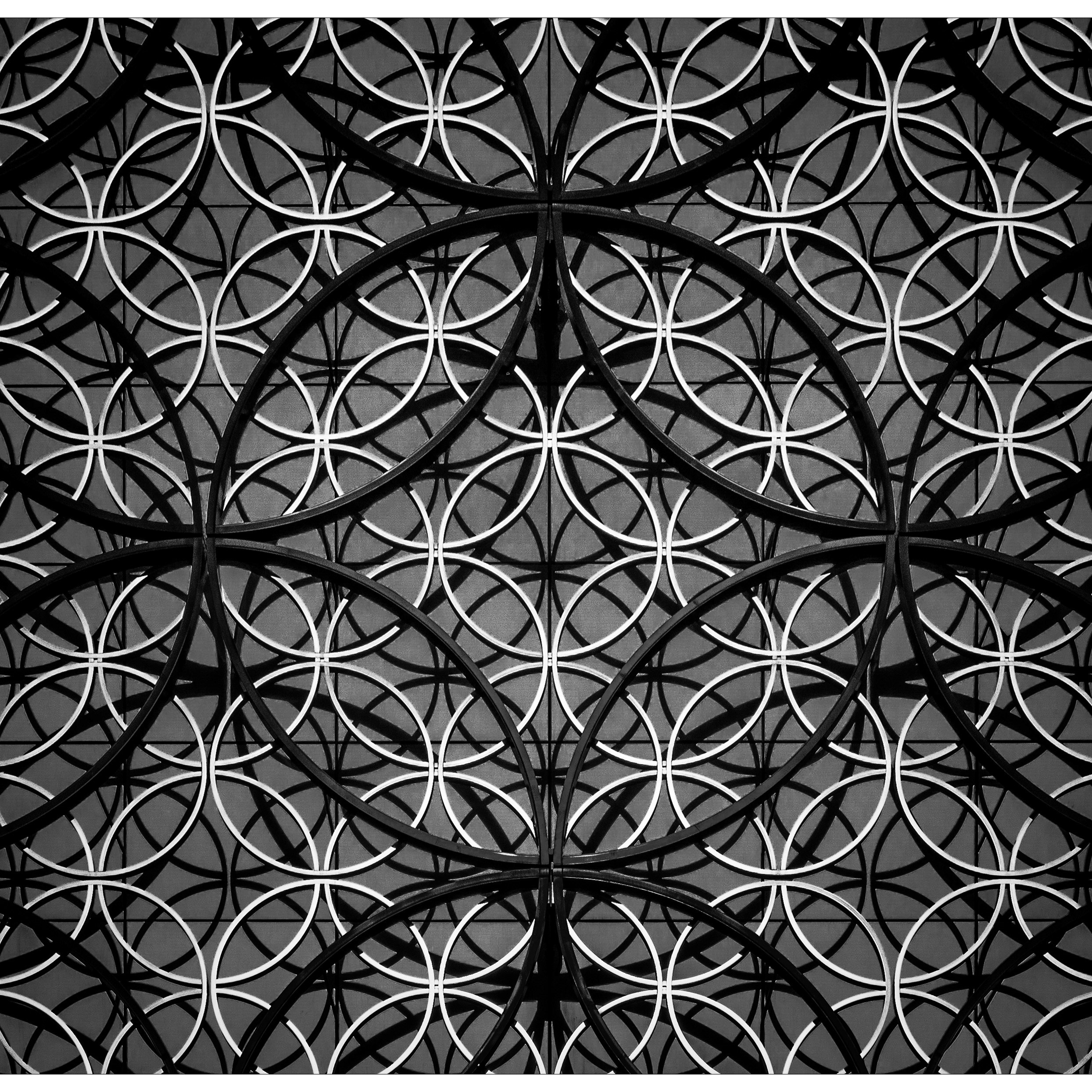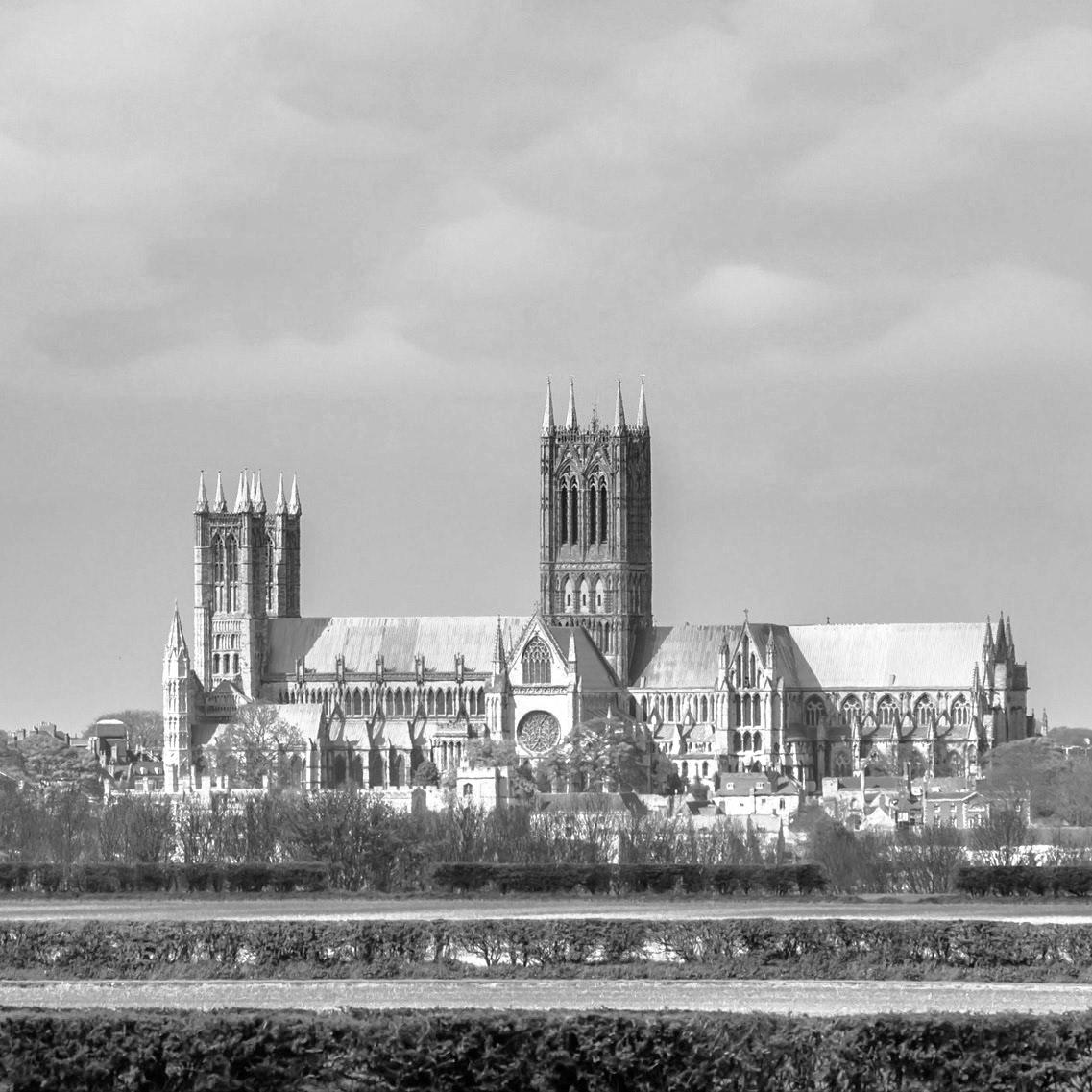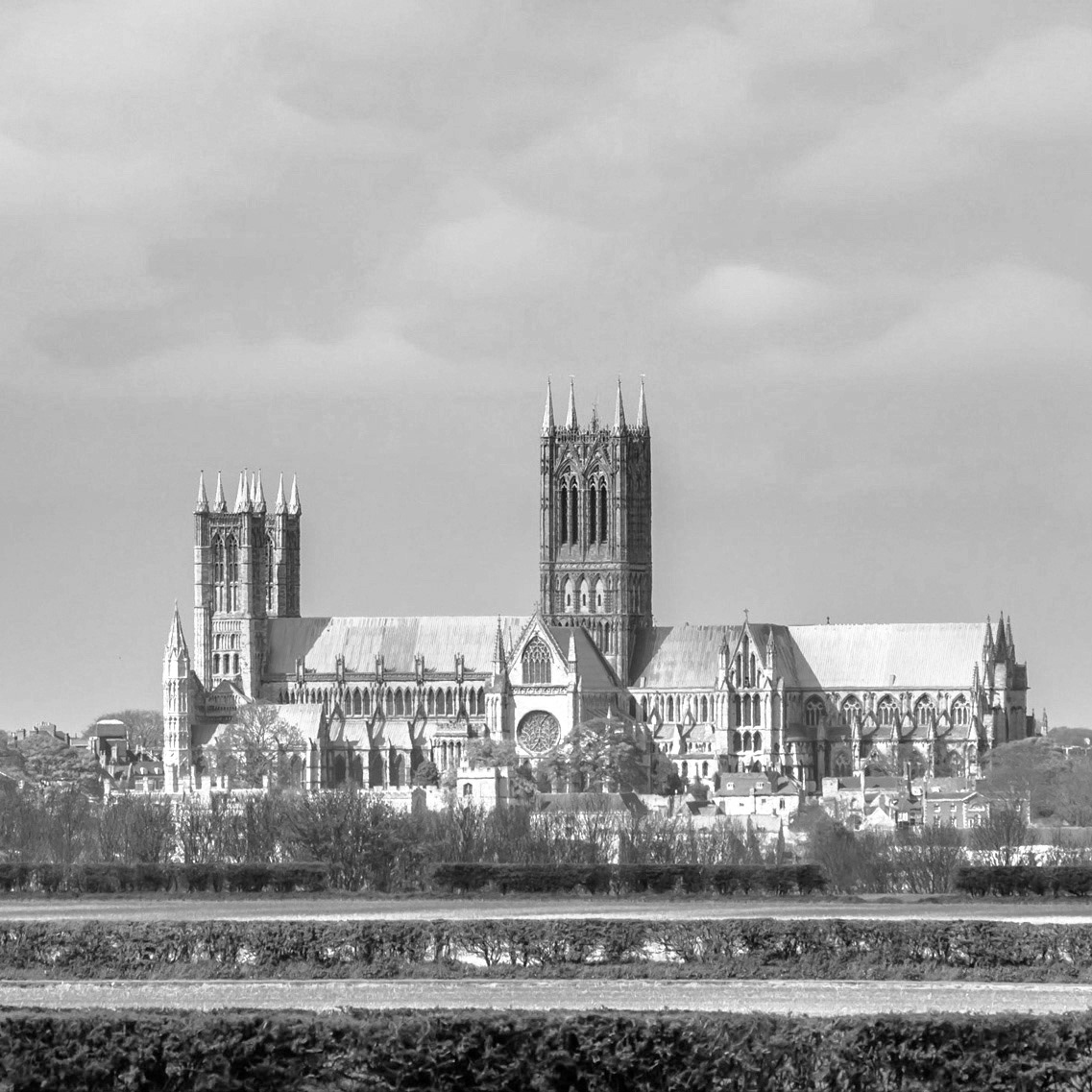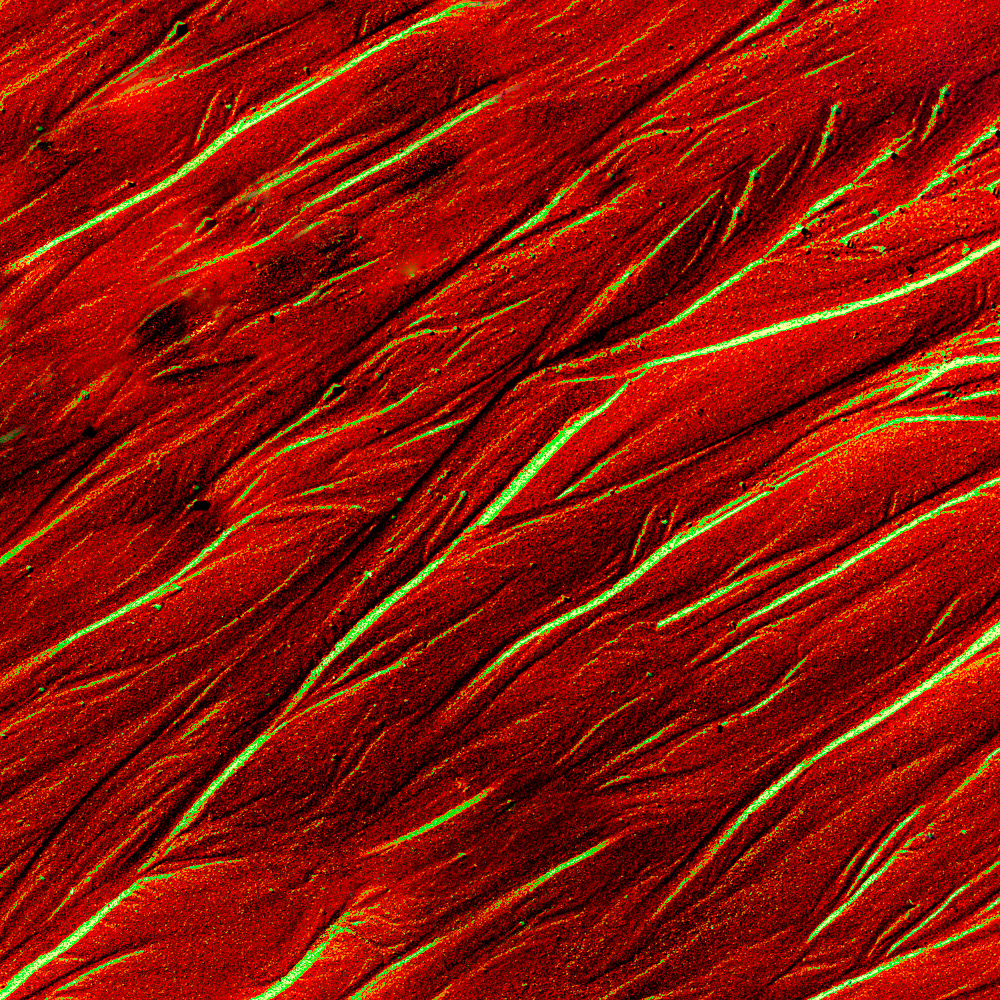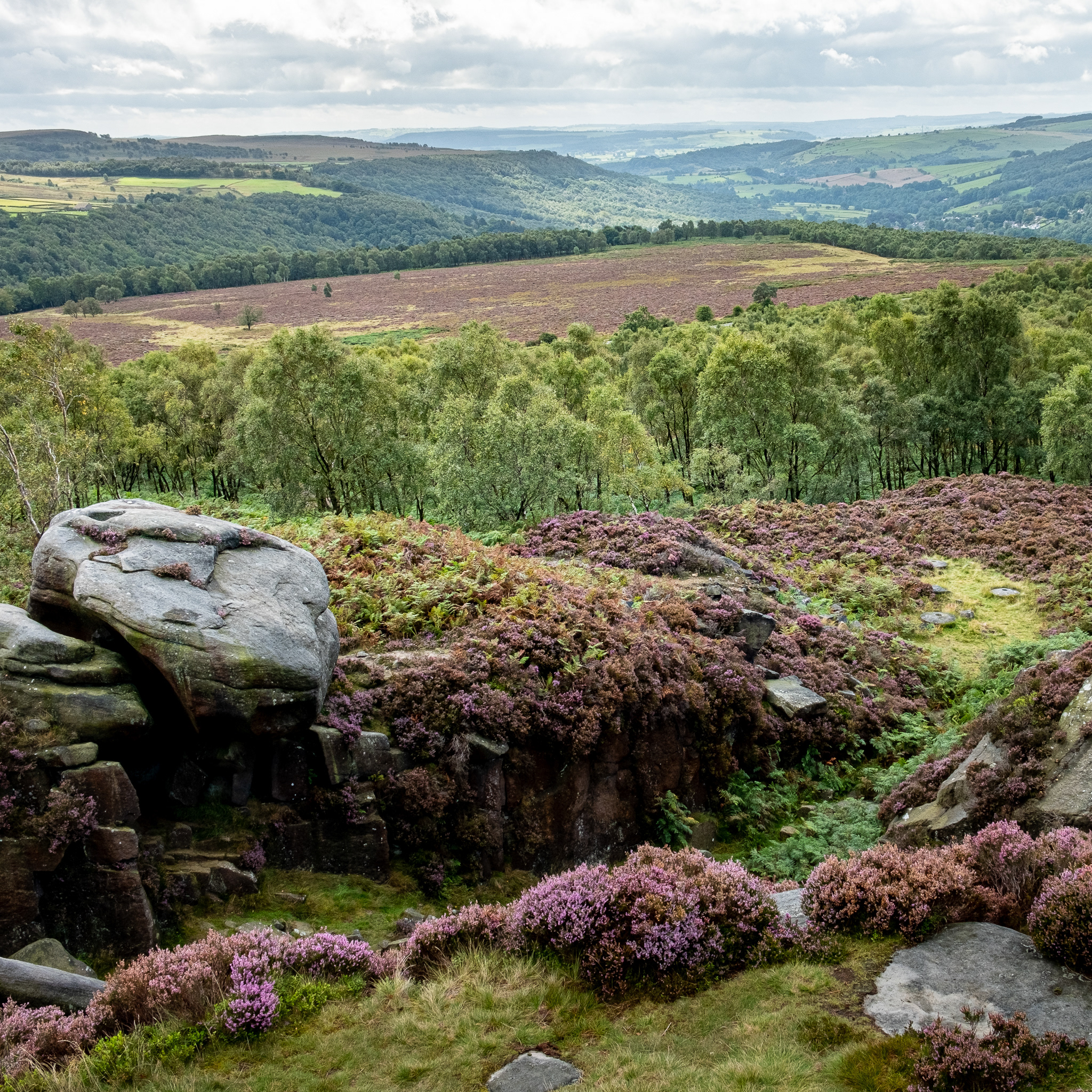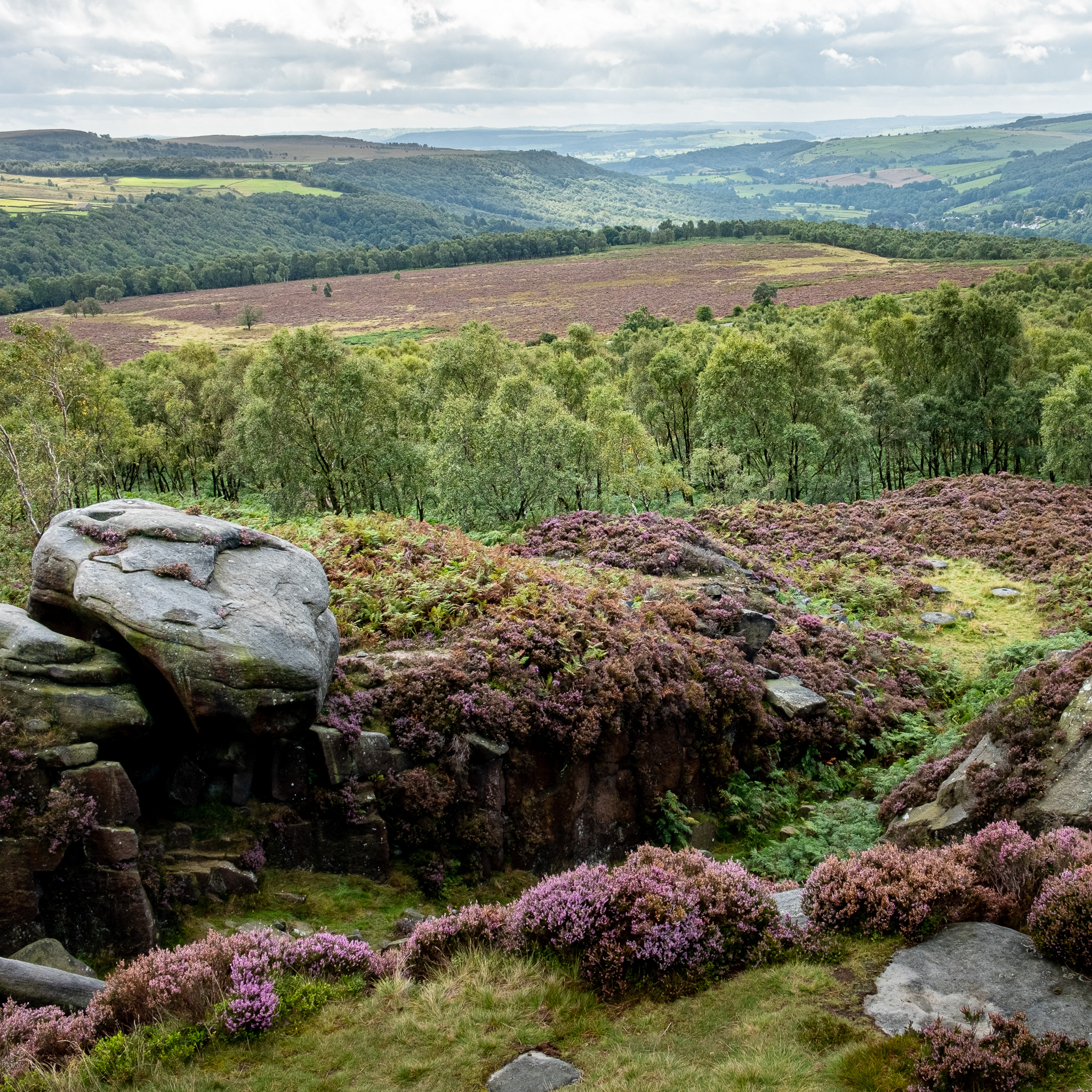The corona virus lock-down has turned all of our lives upside down. So it was with my recent photo project “Squares” where nothing was normal. Not my approach to taking photos but neither the images themselves...
Normally, I would take my camera and try to find a nice picture. Sometimes I have an idea what sort of picture I’m after, sometimes I just go and look. I may take a few shots, put them on my computer and process them in Photoshop. I mark my favourites and maybe print one or two. Finally, I cut a photo mount and place the print inside, ready for display.
For my "Squares" I decided, rather than putting photos into a mount, I was going to put mounts into a photo. And, instead of starting with my camera and taking photographs, I started with Photoshop. I drew a few sketches of what I vaguely had in mind. I ended up with these two pictures of concentric squares: one simply straight on and one with the squares twisted. I think the twisted one looks the more exciting of the two.
Next step: getting my mount cutter out and cut a few mounts, put them together according to my sketches and photograph them. The results look a lot better as photographs and even the “straight on” one has much more appeal than the simple sketch. It’s the light and shadow that makes all the difference.
But there is something decidedly strange about these photos and about the light and shadow. You may find that you see a stack of photo mounts with increasingly smaller apertures. But maybe you see a stack of solid squares of increasing size as you go from front to back. Close your eyes and look again: the picture may have changed; isn't t wonderful?
Of course, light and shadow is what photography is all about and I proceeded to experiment with arranging the individual mounts in different ways and try different directions of light to produce different effects. Note that the last six images are of three separate arrangements, each with two images in which the only difference is the lighting.
For me, when the edges on which the light shines are close to the top of the image, my initial impression is a stack of solid squares. Conversely, when the light shines on edges near the bottom, I see a stack of cut-outs. I have to concentrate hard to see the reverse. Which means that, by simply turning the images by180 degrees, you can swap the effect around. Try it!


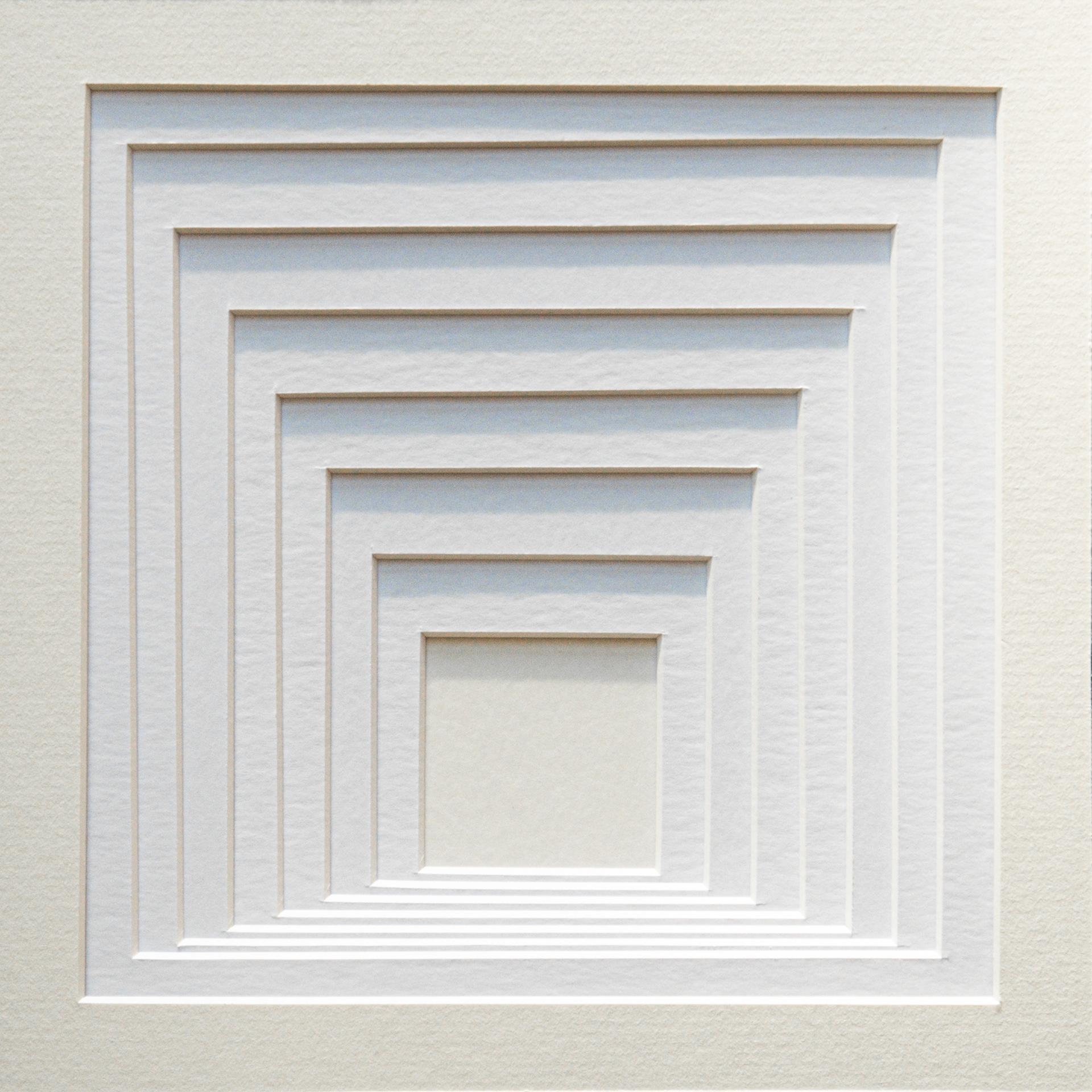


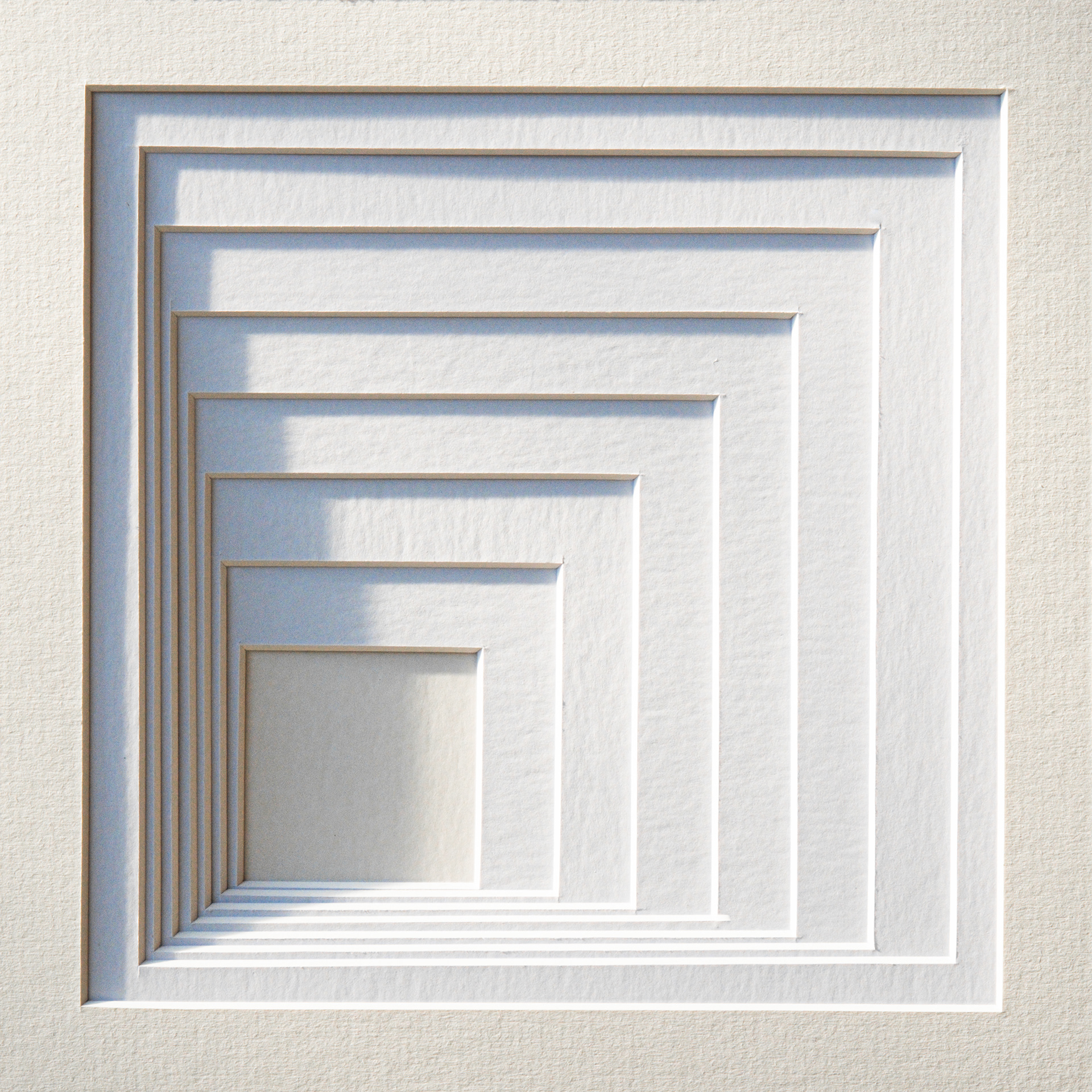
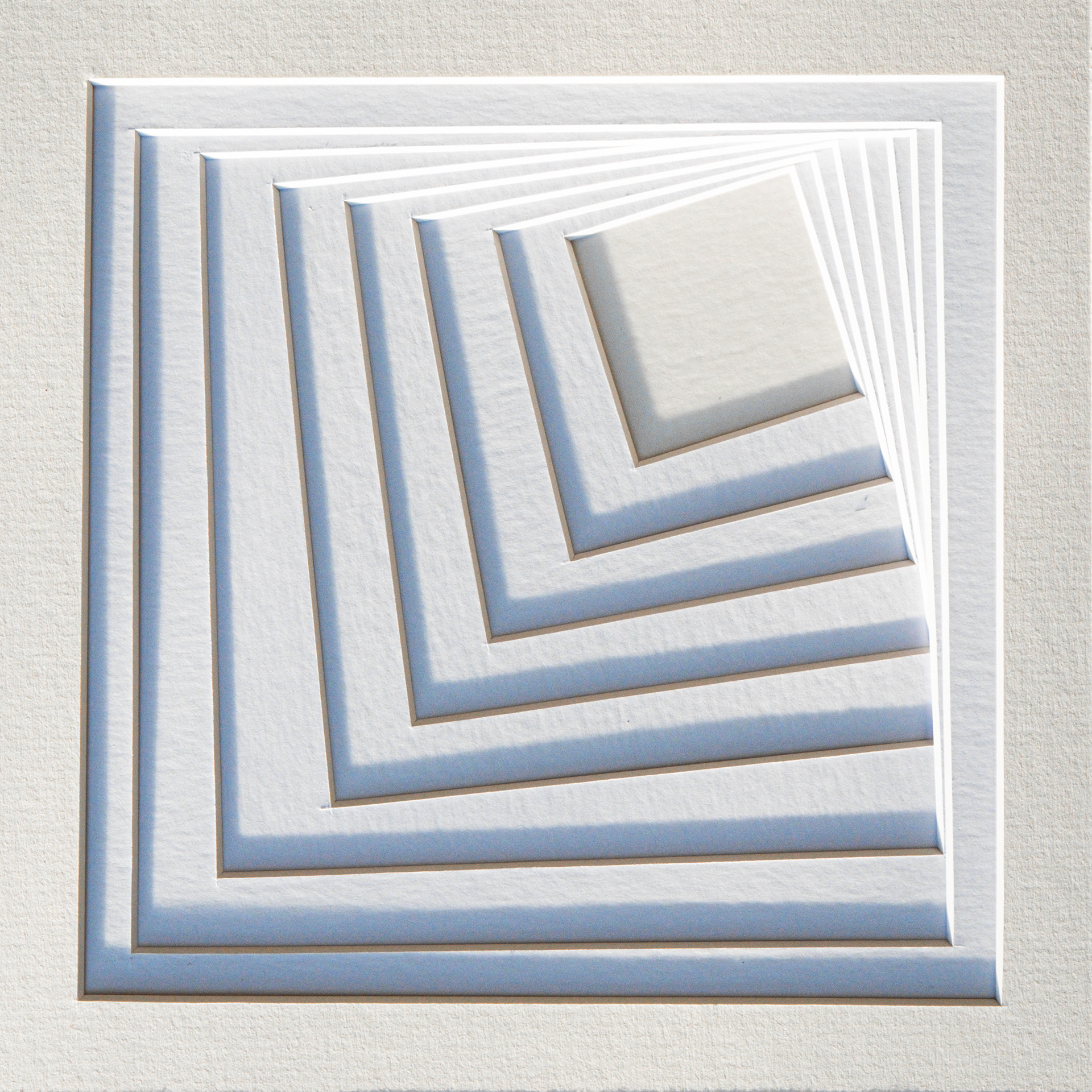
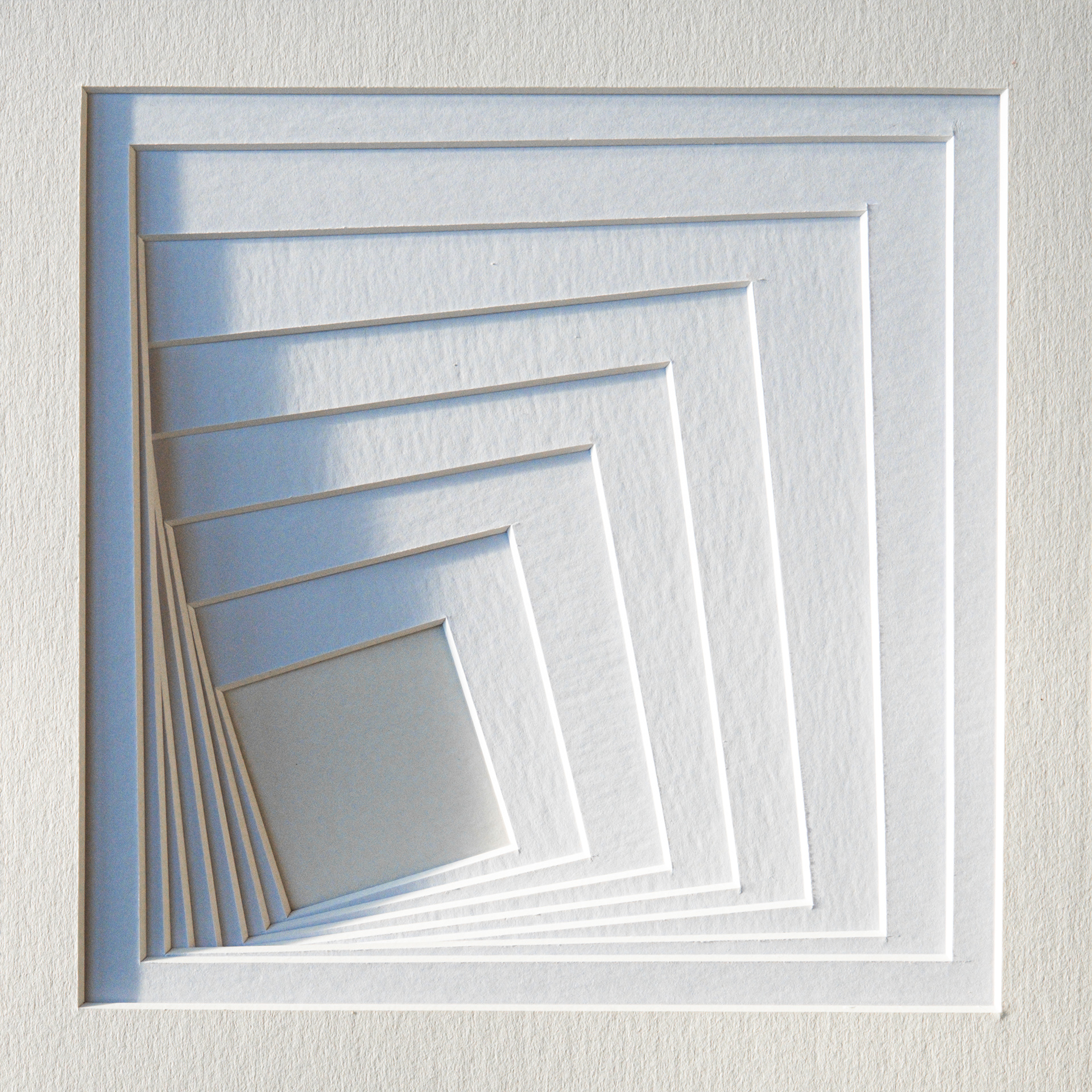
This promises to be a very enjoyable pass-time during lock-down; the possibilities are endless!

